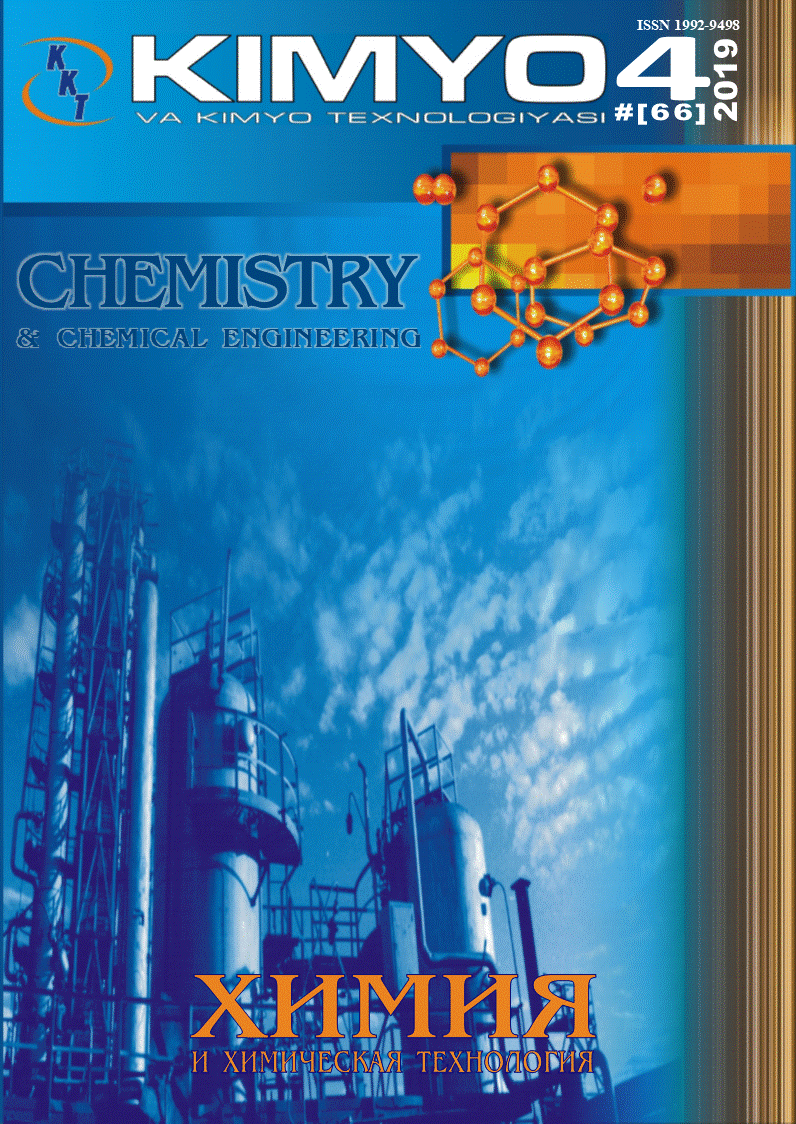
Abstract
The kiln process in cement plant has the advantage of completely and effectively destroying and burning all organic substances due to high temperature and long residence time, oxygen atmosphere and excellent mixing effect, alkaline conditions of raw materials, and incorporation of trace metals into clinker, and plays a role as a pollutant emission barrier during waste utilization. Waste utilization technology is now proven and successful in cement plants. The waste utilization in Korean cement plants are greatly expanding in the view of energy and material recoveries, and economics as well as environmental preservation. Research on waste utilization in the Korean cement process, which began in 1992, has now been over 30 years and it has been completely commercialized in all cement plants. During the year 2022, 30% of argillaceous-siliceous materials were being replaced through waste utilization as alternative raw materials, and wastes such as waste tires, waste plastic, etc., utilized as alternative fuel and replaced coal used as main fuel by 36%. Also, waste utilization with effectively continuous and reliable availability in cement plants is needed to effective waste management including the preparation procedure for stable and homogeneous supplies, which will furthermore contribute the overall carbon reduction in the country. Uzbekistan cement factories also need to actively review and to apply waste utilization, and accordingly, the Uzbekistan government should contribute that it actively establish a related support system to develop waste utilization technology in cement plants.
Recommended Citation
LEE, Geun-Seong; Babakhanova, Zebo Abdullaevna; and Aripova, Mastura Khikmatovna
(2024)
"WASTE UTILIZATION IN KOREAN CEMENT PLANTS,"
CHEMISTRY AND CHEMICAL ENGINEERING: Vol. 2024:
No.
1, Article 1.
DOI: https://doi.org/10.70189/1992-9498.1509
Available at:
https://cce.researchcommons.org/journal/vol2024/iss1/1
